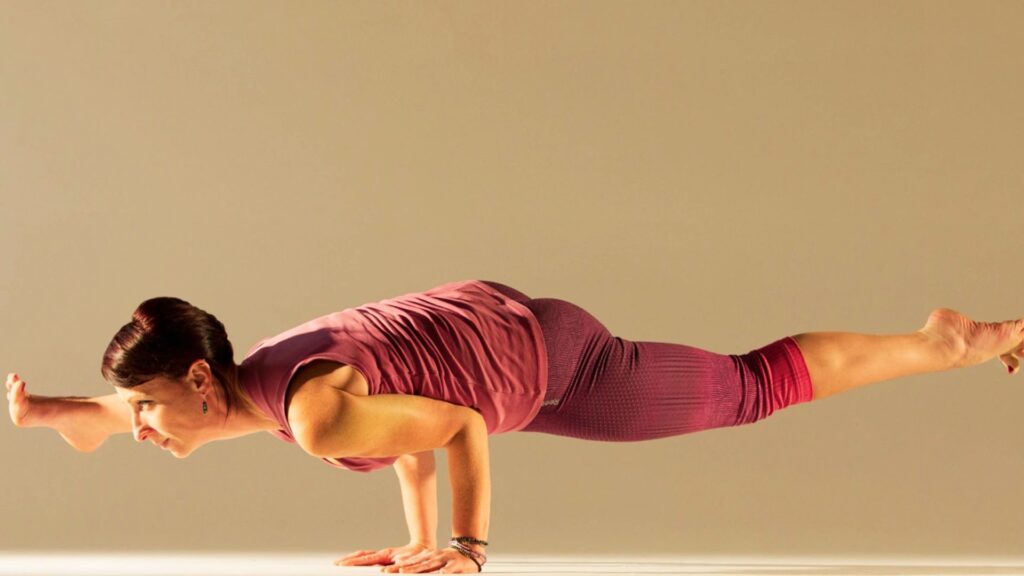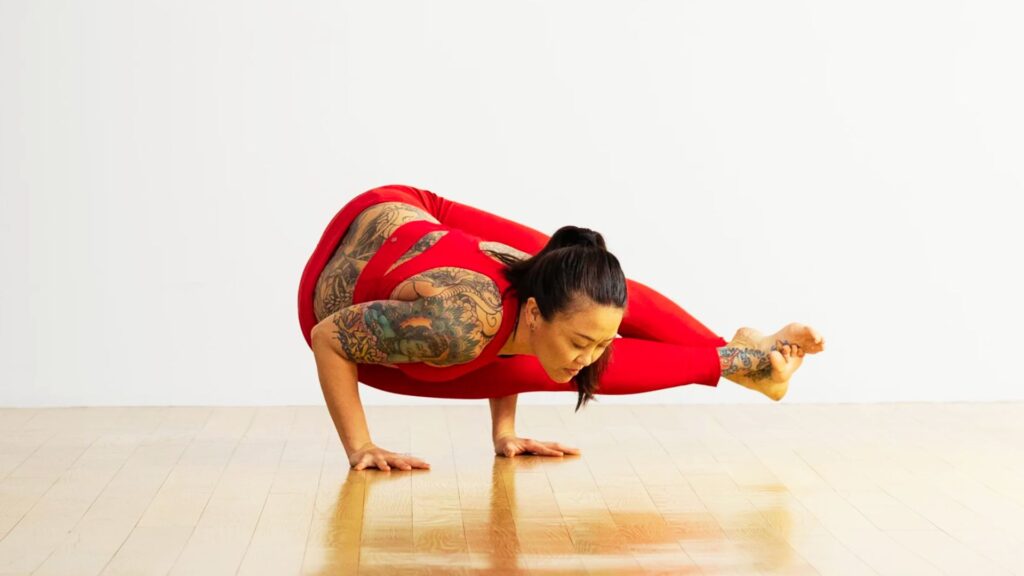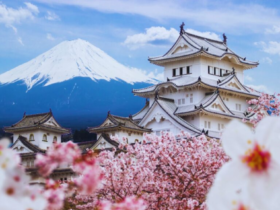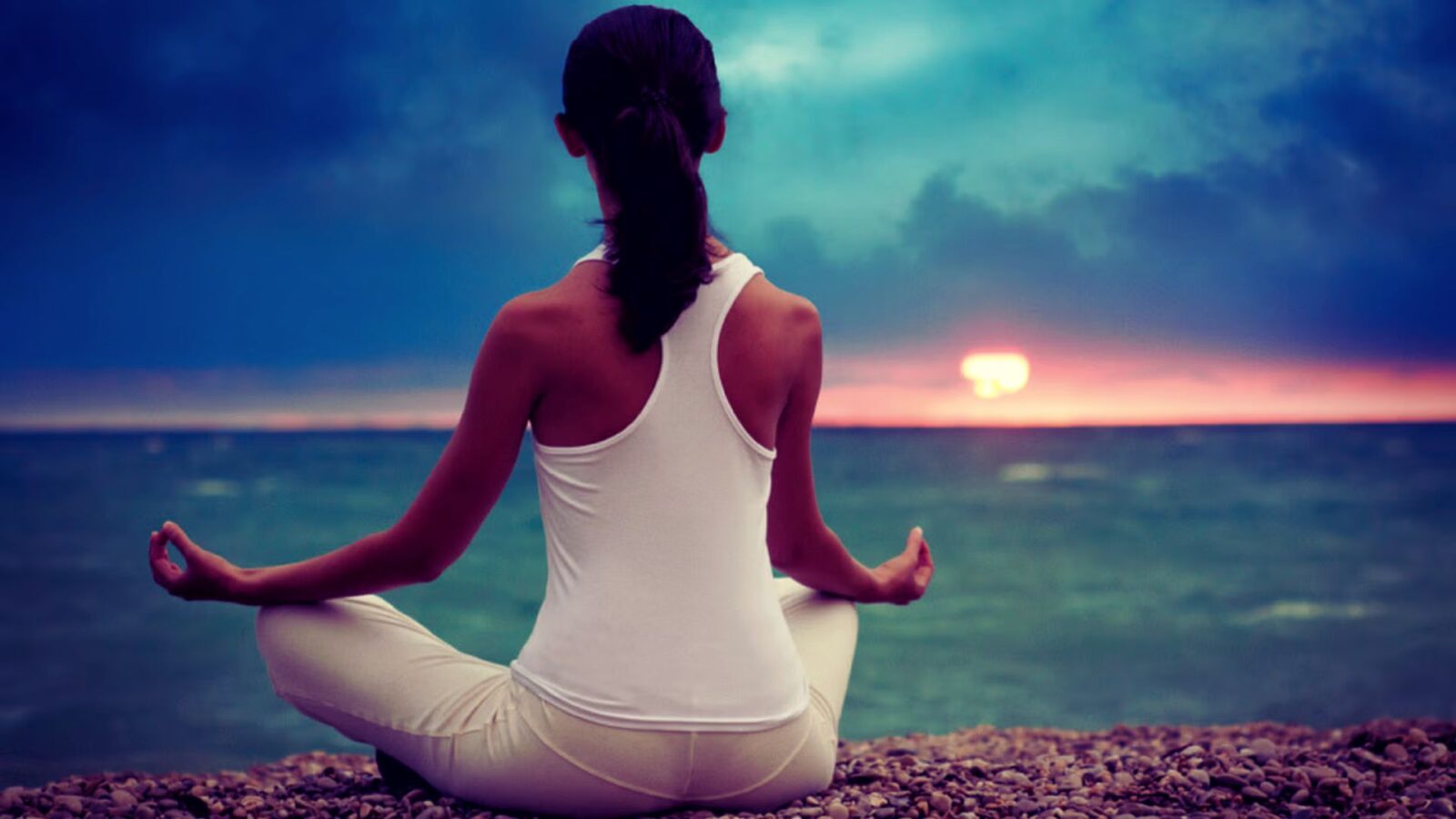Yoga has become a global phenomenon, with millions of people practicing it daily to enhance their physical, mental, and spiritual well-being. While popular poses like Downward Dog, Warrior, and Child’s Pose dominate most yoga classes, the world of yoga is vast and varied, offering hidden gems that many practitioners have yet to discover. In this blog post, we’ll dive into some of the best yoga exercises that are relatively unknown but can profoundly impact your practice.
1. Gandasana (Chin Stand Pose)
Gandasana, also known as Chin Stand Pose, is a challenging yet rewarding pose that many yogis overlook. This advanced asana requires strength, balance, and flexibility, making it a fantastic addition to your practice if you’re looking to push your limits.
How to Perform Gandasana:
- Begin in Downward Dog Pose (Adho Mukha Svanasana).
- Slowly lower your chest towards the floor, bending your elbows as you would in Chaturanga Dandasana.
- Shift your weight forward, bringing your chin to the ground.
- Lift your legs off the floor, balancing on your chin and hands.
- Hold the pose for 3-5 breaths, then slowly lower your legs and return to Downward Dog.
Benefits of Gandasana:
- Strengthens the arms, shoulders, and core.
- Enhances balance and concentration.
- Stretches the spine and neck.
2. Ardha Chandra Chapasana (Half Moon Bow Pose)
Ardha Chandra Chapasana is a beautiful and lesser-known variation of the traditional Half Moon Pose (Ardha Chandrasana). This pose combines balance, strength, and flexibility, making it an excellent challenge for intermediate practitioners.
How to Perform Ardha Chandra Chapasana:
- Begin in Half Moon Pose, with your right hand on the floor and your left leg lifted parallel to the ground.
- Bend your left knee and reach your left hand back to grab your ankle or foot.
- Gently pull your foot towards your glutes, deepening the backbend.
- Hold the pose for 3-5 breaths, then release and repeat on the other side.
Benefits of Ardha Chandra Chapasana:
- Enhances balance and coordination.
- Opens the chest, shoulders, and hips.
- Strengthens the legs and core.
3. Eka Pada Koundinyasana I (One-Legged Sage Koundinya Pose I)

Eka Pada Koundinyasana I is an advanced arm balance that requires strength, flexibility, and mental focus. While it’s not commonly taught in many yoga classes, it’s a powerful pose that can elevate your practice to the next level.
How to Perform Eka Pada Koundinyasana I:
- Start in a low lunge with your right foot forward and your left leg extended back.
- Place your hands on the floor inside your right foot.
- Shift your weight forward and hook your right knee over your right upper arm.
- Slowly lift your back leg off the ground, extending it straight behind you.
- Engage your core and balance on your hands, holding the pose for 3-5 breaths before switching sides.
Benefits of Eka Pada Koundinyasana I:
- Strengthens the arms, wrists, and core.
- Improves balance and concentration.
- Stretches the hamstrings and hip flexors.
4. Kala Bhairavasana (Destroyer of the Universe Pose)
Kala Bhairavasana, also known as the Destroyer of the Universe Pose, is a powerful and lesser-known advanced yoga pose. This asana is named after the fierce aspect of Lord Shiva, symbolizing the destruction of ego and ignorance.
How to Perform Kala Bhairavasana:
- Begin in Side Plank Pose (Vasisthasana) with your right hand on the ground.
- Lift your left leg and place your left foot near your right hand.
- Bend your left knee and place your left foot behind your head.
- Hold your left foot with your right hand and extend your left arm forward.
- Balance in this position for 3-5 breaths before switching sides.
Benefits of Kala Bhairavasana:
- Strengthens the arms, shoulders, and core.
- Increases flexibility in the hips and spine.
- Enhances mental focus and determination.
5. Vajra Kapotasana (Thunderbolt Pigeon Pose)
Vajra Kapotasana is a deep backbend that combines elements of Pigeon Pose and Camel Pose. This lesser-known pose is a powerful heart opener and can provide a deep stretch for the entire front body.
How to Perform Vajra Kapotasana:
- Begin in a kneeling position, sitting on your heels.
- Place your hands on your lower back and lean back into a gentle backbend.
- Slowly lower your hands to the floor behind you, keeping your hips above your knees.
- Arch your back and lift your chest, reaching for your heels with your hands.
- Hold the pose for 3-5 breaths, then slowly return to a neutral position.
Benefits of Vajra Kapotasana:
- Opens the chest, shoulders, and hip flexors.
- Strengthens the back muscles and improves posture.
- Enhances flexibility in the spine.
6. Durvasasana (Sage Durvasa’s Pose)
Durvasasana is an advanced balancing pose that requires flexibility, strength, and concentration. Named after the sage Durvasa, this pose is one of the most challenging standing balances in yoga.
How to Perform Durvasasana:
- Begin in Tadasana (Mountain Pose).
- Lift your right leg and bring it towards your chest.
- Hook your right foot behind your head, keeping your left leg straight and strong.
- Extend your arms overhead or keep them in prayer position for balance.
- Hold the pose for 3-5 breaths, then carefully release and switch sides.
Benefits of Durvasasana:
- Strengthens the legs, core, and back.
- Enhances flexibility in the hips and hamstrings.
- Improves balance, focus, and mental clarity.
7. Ashtavakrasana (Eight-Angle Pose)

Ashtavakrasana is a dynamic arm balance that challenges both strength and flexibility. Despite its difficulty, it’s a rewarding pose that can bring a sense of accomplishment and empowerment to your practice.
How to Perform Ashtavakrasana:
- Begin in a seated position with your legs extended in front of you.
- Bend your right knee and place your right foot near your left hip.
- Thread your right arm under your right leg and place your hand on the floor.
- Cross your left ankle over your right ankle, squeezing your legs together.
- Lift your hips off the ground, balancing on your hands, and extend your legs to the right.
- Hold the pose for 3-5 breaths, then release and repeat on the other side.
Benefits of Ashtavakrasana:
- Strengthens the arms, shoulders, and core.
- Improves flexibility in the hips and hamstrings.
- Enhances focus and mental resilience.
Conclusion
Exploring lesser-known yoga poses can add variety and excitement to your practice. These hidden gems offer unique challenges that can help you build strength, flexibility, and mental focus. Whether you’re an advanced yogi looking to push your limits or a curious practitioner eager to explore new territory, incorporating these poses into your routine can elevate your practice in ways you never imagined. Remember to approach each pose with mindfulness and respect for your body’s limits, and enjoy the journey of discovery on your yoga mat.





















Leave a Reply